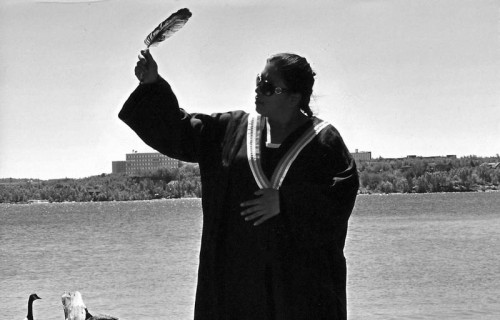Course studies on Canadian society tend to focus on the many cleavages that exist in a relatively sparse population spread across the vast landmass of the world’s second largest country—with good reason. Cleft by language, culture, endless tundra and plains and split by towering mountain ranges, Canada’s relatively peaceful development and ongoing existence is an unparalleled marvel in the turbulent history of the world.
Not that our beloved nation has escaped entirely unscathed by societal violence and division on our journey into the 21st century. The Northwest Rebellion, the destruction of the societies and culture of our erstwhile allies among the First Nations, the ‘apprehended insurrection’ of the Front de libération du Québec (FLQ) crisis, each has written an entry of human suffering and torment on the tally of nationhood and left behind legacies of brooding resentment that have been known to tear more compact nation states to shreds.
Some of the political and economic efforts to build ties that bind have been truly monumental. Two ribbons of steel stretched across the Canadian vastness at the behest of our founding fathers, the railway and the telegraph, were instrumental in helping to ensure that our nation’s development and survival against tremendous odds.
Alongside of those physically unifying forces stretching across the country were added a federalist government based on parliamentary democracy, a system of courts and justice based on fundamental principles of civil and secular values, and widespread access to education. Less edifying perhaps, but still crucial, was the outside influence of an imperial majesty to help referee the squabbling and impose non-violent solutions.
As the nation grew into maturity, as it does in most family dynamics, the need for the oversight of an imperial parent became less necessary, stiflingly and itself a source of cleavage and disunity. During the decades leading up to Canada’s centennial, our nation took control of its courts, limited the influence of the British crown in our government and brought home the nation’s founding document—the British North America Act.
As it became clear that our nation would continue to need to embrace people from across the globe, and recognizing the shortcomings of institutions and conventions designed for a more homogeneous society, a recognition of the need for a charter laying out the fundamental precepts upon which our society would be based grew. Thirty years ago the Charter of Rights and Freedoms was born.
It is a document embraced by much of the globe, even supplanting the more famous American Bill of Rights, whose silence on freedom from discrimination based on race or sex fail to meet the standard aspirations of modern societies. The Charter of Rights and Freedoms is a Canadian achievement and gift to the world that should be celebrated from the rooftops—not allowed to pass with barely a nod due to a perceived partisan association with the political nemesis of the leader of the party currently in power.
There are lesser victims of the current government’s obsession with partisan retribution, Katimavik quickly springs to mind, a program in which youth from across the nation are hosted in unfamiliar communities to help build social infrastructure. The very name Katimavik means ‘meeting place’ in Inuktituk. From a dollar and cents perspective, aside from its national bond-strengthening mandate, Katimavik creates over two dollars of economic benefit for every dollar invested. But to the current government, it is tainted by association with the still dreaded Liberals.
Governments should celebrate and strengthen the bonds that keep a nation together in peace and harmony, not seek to widen for political advantage the cleavages and forces that threaten to tear the nation apart.
[polldaddy rating=”5515539″]



